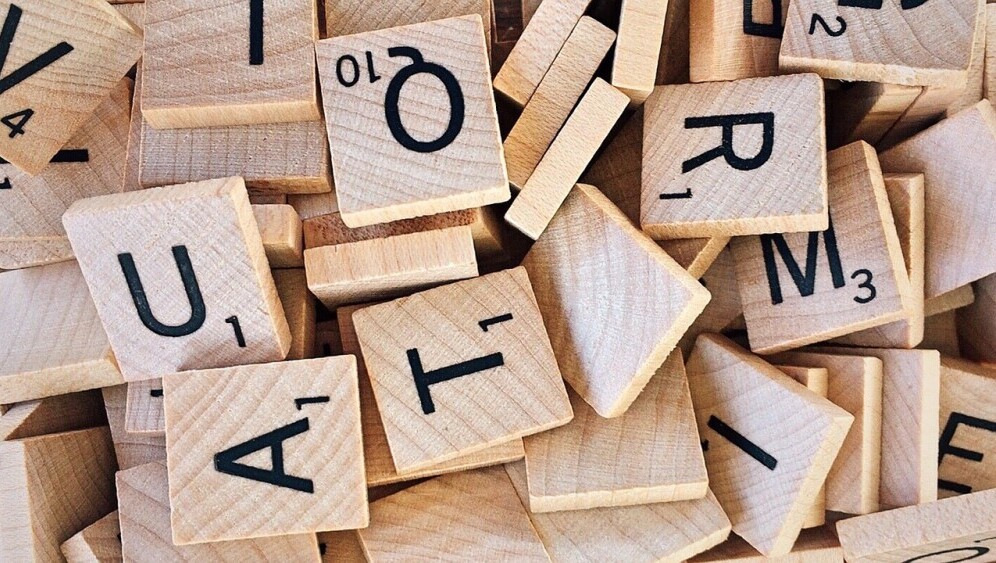What Is Greens In Regulation In Golf?


Fore! Quick note: a few links here are affiliate links. If you snag gear through them, I earn a small commission — no extra strokes added to your game.
Greens in Regulation, often abbreviated as GIR, basically means hitting the green in a set number of shots. If it’s a par-3 hole, you’d aim to get the ball on the green in one shot. For a par-4, you get two shots, and for a par-5, it’s three shots. This concept is foundational for golfers trying to improve their game and their scorecards. We’re talking some GIR today, so step into the golf vikings’ office.
The term actually comes from the early days of the sport when keeping track of these kinds of things helped golfers fine-tune their skills. Today, it remains one of the key stats for assessing a golfer’s performance. If you’re hitting most of your greens in regulation, it usually means you’re giving yourself a lot of chances to putt for birdie, which is a clear path to lower scores. This is why GIR is tracked and how you can tell if you are excelling on the golf course.
When it comes to measuring GIR, the criteria are pretty straightforward. On any given hole, if you manage to land your ball on the green in the set number of strokes (less than par for that hole), you’ve achieved a GIR. It’s a quite simple yet revealing stat that cuts through the noise and tells you how effectively you’re playing.
Understanding the basics of GIR can give you a clearer picture of your strengths and weaknesses on the course. If you’re struggling with this, it might be time to re-evaluate your approach shots or even consider tweaking your practice routine to focus more on accuracy and control. So, if you’re aiming for higher scores, nailing down your GIR is a solid starting point. Getting on the green quicker can help lower your golf score. So that’s why GIR makes a good measurement for how well you are doing on the golf course.
GIR is tied directly to scoring benchmarks like what’s a par in golf?
Ready to level up your golf game? Click here.

The Importance of Greens in Regulation
Improving your greens in regulation is one of the most impactful ways to boost your overall game. The more frequently you hit greens in regulation, the more opportunities you have for birdies or at least easy pars, keeping those scores low and competitive. Basically, as simple as it sounds and is, getting to the greens quicker and in fewer strokes will help lower your golf score. You want to give yourself a chance on the green instead of chipping. So unless you are really struggling with your putting, you should be able to get your ball in the hole quicker with a good GIR percentage.
Professional golfers, for instance, often boast high GIR percentages. That’s not a coincidence. Better GIR stats usually translate into higher rankings and more consistent performances. Even for amateurs, focusing on GIR can offer a clearer path to improvement. So while it may seem simple and obvious, having a good GIR correlates to a better golf score and skill.
Studies and statistics show a strong correlation between a golfer’s GIR and their overall scoring average. In many cases, golfers with higher GIR percentages consistently bring down their scores, proving that hitting those greens is a reliable way to improve. So this is a great benchmark to see how well you are doing.
Let’s look at real-life examples. Consider Tiger Woods during his prime. His exceptional ability to hit greens in regulation often set him up for birdie putts, significantly contributing to his numerous titles. In the same vein, improving your GIR could be a game-changer that elevates your golfing experience.
Understanding the importance of GIR isn’t just for pros. For the weekend warrior or the casual golfer, focusing on this element of your game can make your rounds more enjoyable and less frustrating. It’s an all-around boost that can lead to more satisfying outings on the course. And it’s a great way to judge your skill as a golfer.
Bottom line: Improving your GIR is about setting up more scoring opportunities and reducing your dependency on miraculous short game saves. Whether you’re aiming to break 100 or to shave those last few strokes off your average, getting more greens in regulation is a solid, measurable objective that can make a major difference.
Your ability to hit greens depends on accurate tee shots from the fairway in golf.

Strategies to Improve Your Greens in Regulation
Working on your greens in regulation can seriously change the way you play golf for the better. Getting there involves a combination of smart planning, precise execution, and consistent practice. Getting a better GIR means getting better at the game in general.
Start with your club selection. Choosing the right club for your approach shot is crucial. Opt for clubs you’re not only comfortable with but also those that can reliably get you within striking distance of the green. Sometimes, it’s better to take an extra club and swing a bit easier if it means more control. Knowing what club to use in what situation will help you hit the green more consistently.
Shot planning also plays a significant role. Before taking your shot, visualize where you want the ball to land. Consider the wind, the slope of the green, and potential hazards. A well-thought-out shot plan can be the difference between landing on the green or ending up in a tricky spot.
Accuracy and distance control are the bread and butter here. Spend time at the range working specifically on these skills. Focus on honing your ability to hit straight shots and control your distances with each club. Use alignment aids and practice drills to improve your consistency. Being more accurate will of course help you hit the greens more often on your chip shots.
Training drills can be a big help. Try setting up targets and practice hitting them with different clubs from various distances. Make it a game to hit as many targets as possible in a certain number of shots. Keeping practice fun and challenging can keep you motivated and engaged. This will help you be able to hit accurately on the green no matter where you are hitting from.
Avoiding common mistakes is key. Many golfers try to force their shots, swinging too hard or ignoring their natural shot patterns. Stick to your strengths and don’t overcomplicate things. A smooth, controlled swing almost always beats a wild, powerful one. This will help you get on the green consistently.
Incorporate these strategies into your practice sessions, and you’ll likely see a significant improvement in your greens in regulation. More greens mean more chances for lower scores and more enjoyable rounds. And that’s what we aim for. Let’s make it all make sense.
When you miss greens, you’ll often face tough recovery shots. Improve with how to play uneven lies in golf.

Greens in Regulation and Your Golf Score: The Connection
Making strides in your greens in regulation is one of the surefire ways to see a noticeable impact on your golf scores. Hitting more greens means you’re setting yourself up for easier putts, which naturally leads to better scores. Everything becomes easier when you are able to putt from a short distance than when you are trying to judge your chipping from the rough. When you are hitting the greens, you are usually going to have a better shot at the hole than if you are trying to chip the ball from the fringes.
From a statistical standpoint, the numbers don’t lie. Golfers with higher GIR percentages consistently post better scores. For example, compare two players: one hits 50% of greens in regulation, while the other hits 70%. Chances are, the latter will have more birdie opportunities and fewer bogeys, purely because they’re spending more time on the putting surface and less time scrambling from off the green.
Take a closer look at how GIR affects your scoring, and you’ll see that it simplifies the game. Instead of relying on your short game to save par, you’re relying on solid approach shots to give you birdie chances. This approach is much more sustainable over time and less prone to the ups and downs of chipping and putting.
Improving GIR doesn’t just boost your stats; it also builds confidence. When you start hitting more greens, you trust your swing more and worry less about ending up in difficult situations. This mental boost can positively affect other areas of your game, creating a virtuous cycle of improvement.
Long term, focusing on GIR helps you develop a more well-rounded game. It pushes you to work on different aspects like accuracy, shot planning, and club selection. You’ll find that as your GIR improves, other areas of your game will naturally follow suit.
In the journey to becoming a better golfer, aiming to raise your greens in regulation percentage is a practical, rewarding goal. It’s one area where dedicated effort can lead to consistent, measurable improvement, ultimately making your rounds more enjoyable and your scores lower. I’ll see you out on the course…on the greens, of course!
Practice is key for reaching greens consistently. A great place to train is what is a driving range?


